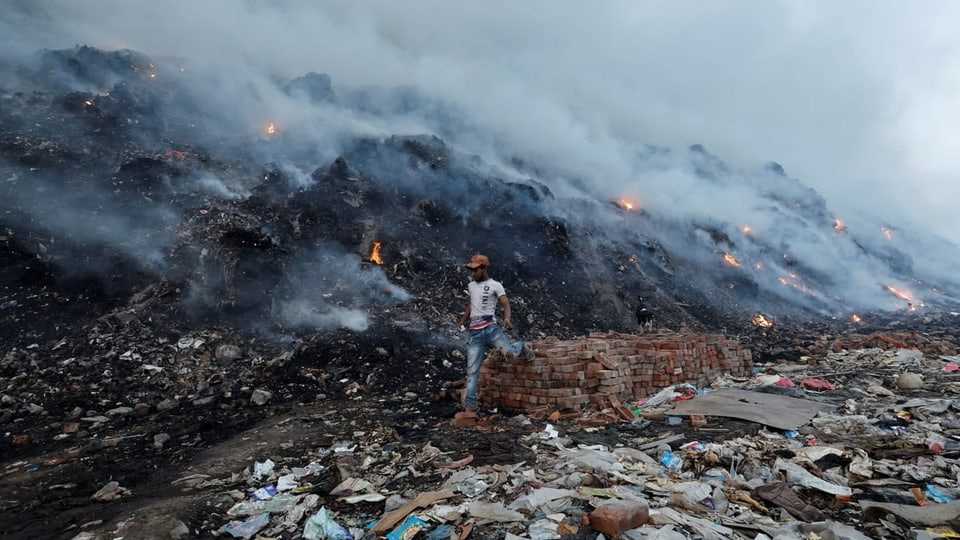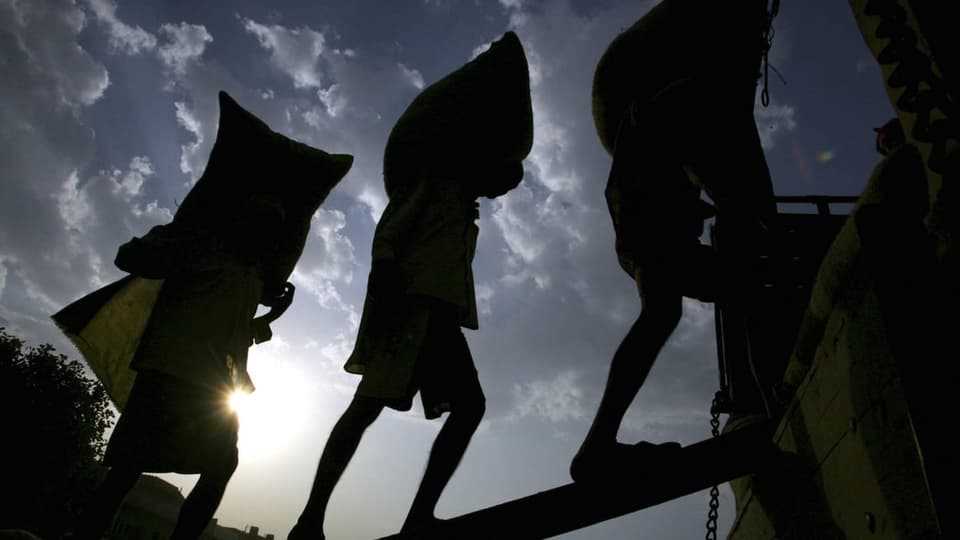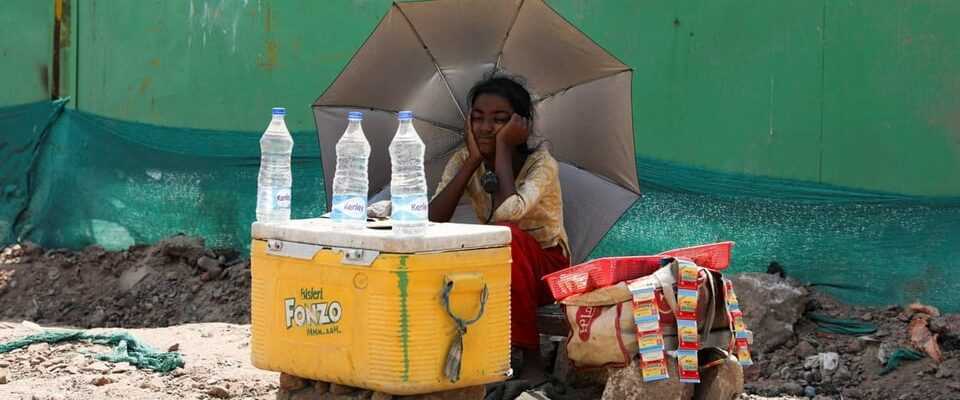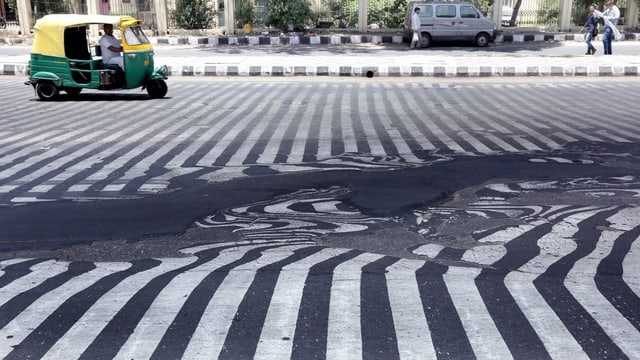contents
We are used to the heat in South Asia. But the high temperatures are reaching new record levels – earlier than usual.
It’s hot in India and Pakistan. In northern India in particular, temperatures rise to values that are normally only reached in summer. In certain places it is already over 45 degrees hot. Meteorologists expect the 50-degree mark to be broken at the weekend. And that after it was hotter in March than ever since records began more than 120 years ago.
The body finds it difficult to really cool down because it is already very warm in the morning, says Natalie Mayroth. She is a freelance journalist currently based in Delhi. “You leave the room in the morning without air conditioning and you just feel this warmth coming towards you.” 46 degrees were reported for Friday.
A daily fight against the heat
The people in the affected regions are developing their strategies to cope with the heat. If you can, leave the house only if necessary or if possible with a car with air conditioning. In Delhi, the government advised companies not to send their employees to the office. Those who work outside should seek shelter in the shade or take breaks.
Most households do have ceiling fans, Mayroth said. However, these would hardly be sufficient at such high temperatures. And they need energy. The only thing that helps: drink. Coconut water, water with salt and sugar, watermelon liquid.
Legend:
Many people in India and Pakistan try to protect themselves under shady cloths and umbrellas and wear light-colored, thin clothing.
Reuters
Lent also falls during this heat wave. “India has almost 200 million Muslim women, many of whom fast,” says the journalist. The authorities are issuing heat warnings and doctors are on the alert.
In some regions, such as northern India, the burden is even greater. Because in the north it is very dry. “Then there is also a risk that the body won’t take it,” says Natalie Mayroth.

Legend:
Fires have already broken out due to the heat. For example, a garbage dump in Delhi was affected.
Reuters
The hot weather not only affects people, but also nature and agriculture. There are already warnings that this year’s harvest will be affected.
India grows a lot of rice and wheat, plans to export more. The forecasts have now declined. “If it gets hot faster, the fruit that ripens earlier is smaller. The farmers also have to make sure that their crops don’t wither,” says Mayroth. The situation could be difficult, especially for small farmers.

Legend:
Food has already become more expensive due to rising oil prices. A bad harvest is another factor.
key stone
Such extreme events are increasing with climate change. One of the Indian government’s initiatives is reforestation, explains the journalist in northern India. It plays a role, however, whether forest is reforested or whether it is a matter of plantations. Because these will be cut down again at a certain point. And: “The hotter it is, the more water they use. And that has an impact on agriculture.”
India is also banking on solar when it comes to energy. «The world’s largest solar park is currently being built in India, that’s what the government has called it. India wants to focus on the production of green hydrogen.” Mayroth estimates that this is positive. “On the other hand, one must not forget that coal-fired power generation has been increased. And these are of course factors that accelerate climate change.”

